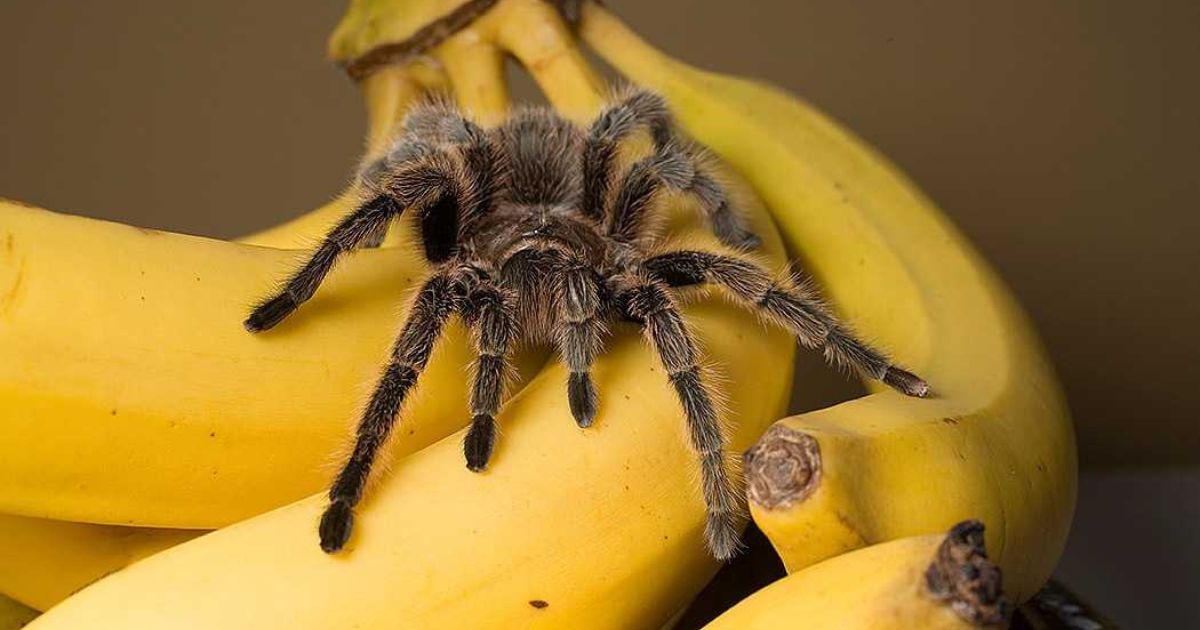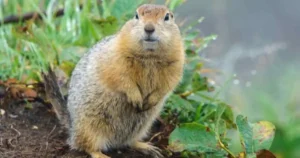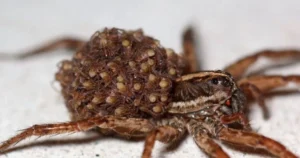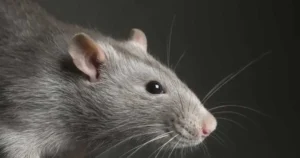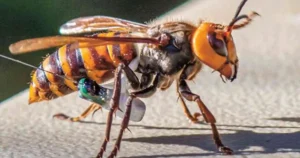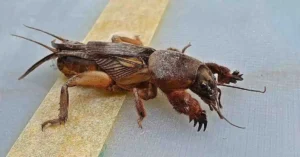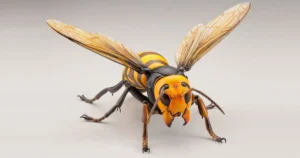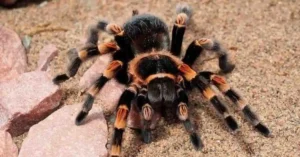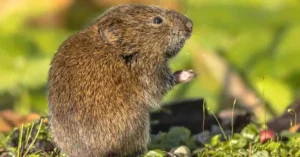Banana spiders (Trichonephila clavipes) are large, orb-weaving arachnids found primarily in tropical regions like South Florida. Their bright yellow and black markings, which resemble bananas, give them their common name. Although intimidating in size, these spiders are non-aggressive and play a crucial role in controlling local insect populations.
Physical Characteristics of Banana Spiders
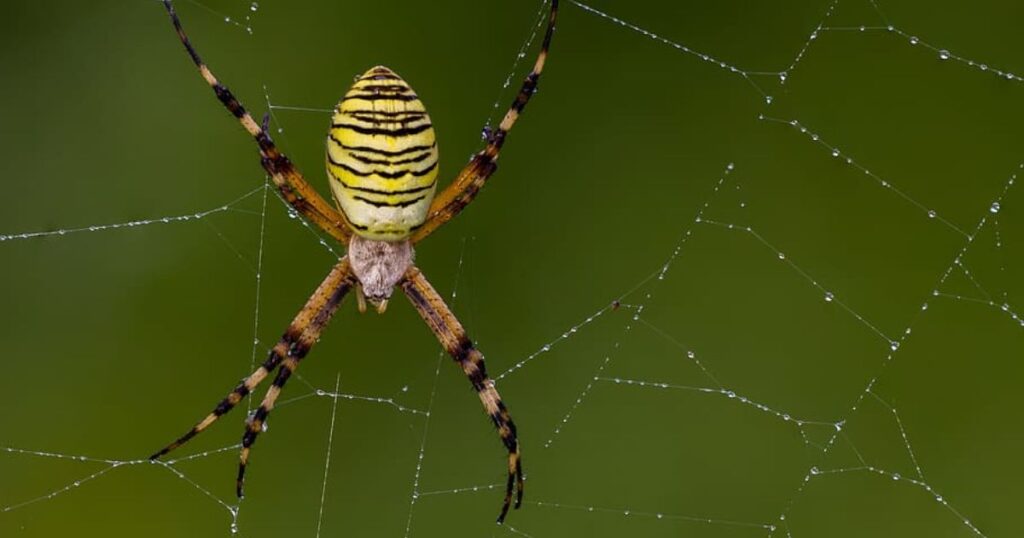
Female banana spiders can grow up to 1.5 inches in body length and span up to 5 inches across their legs, while males remain smaller. Their distinctive coloring and large, shimmering gold webs make them easily identifiable. These webs are impressive structures, with a radial pattern and a central stabilimentum (zigzag design) that strengthens the web.
Banana Spiders’ Role in South Florida’s Ecosystem
Banana spiders are vital to pest control. Their webs trap various flying insects, including mosquitoes, flies, and beetles. This helps regulate pest populations, promoting a healthy environment. These spiders are also an integral part of the food chain, providing prey for birds and lizards.
Web Construction and Hunting Methods
Banana spiders build expansive orb-shaped webs in sunny, open areas, usually between plants or structures. Their webs are known for their gold color, made from silk that has unique properties. The web’s central area includes a zigzag pattern called the stabilimentum, which may serve to attract prey and reinforce the web’s structure. When insects fly into the web, the spider immobilizes them with venom before consuming them.
Diet and Feeding Habits
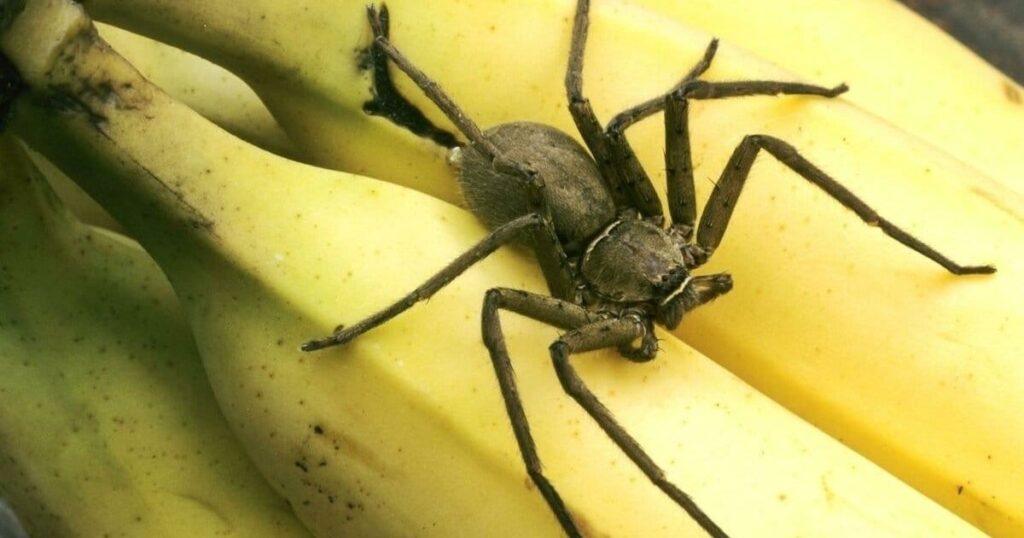
Banana spiders feed on flying insects that get caught in their webs. Their diet includes mosquitoes, flies, beetles, and moths. The spider injects venom into its prey, paralyzing it, then wraps it in silk and consumes it using digestive enzymes to liquefy the prey’s tissues.
Life Cycle of Banana Spiders
Banana spiders lay eggs in silk sacs, often containing hundreds of eggs. Once the eggs hatch, spiderlings begin life as small versions of the adults and start hunting soon after. As they grow, they molt several times before reaching maturity. Females are larger and focus on web-building, while males are smaller and mate with females before often leaving to avoid being eaten.
Mating Rituals of Banana Spiders
Male banana spiders approach females cautiously and perform a series of behaviors to indicate that they are not a threat. After mating, the male usually departs to avoid being eaten. This behavior is part of a broader pattern seen in many spider species, where females are larger and can be more aggressive toward males after mating.
Are Banana Spiders Dangerous to Humans?
While banana spiders do have venom, their bites are not harmful to humans. Most people experience only mild symptoms, such as swelling or pain, similar to a bee sting. Rarely, allergic reactions may occur, but these are uncommon. If bitten, it’s best to clean the area with soap and water and apply a cold compress. Seek medical attention if symptoms persist.
How to Safely Coexist with Banana Spiders in South Florida
Although banana spiders are not dangerous, it’s still important to take precautions to avoid them, especially if you have a fear of spiders or young children and pets. Here are some tips for safely coexisting with banana spiders in South Florida:
- Clear Clutter: Banana spiders prefer to build their webs in areas with little human disturbance. Keep your yard or garden clear of debris, as this will reduce the likelihood of encountering them.
- Wear Protective Gear: When working in areas where banana spiders are likely to be present, such as gardens or wooded areas, it’s best to wear gloves and long sleeves.
- Inspect Outdoor Furniture: If you’re using outdoor furniture, make sure to inspect it first, as banana spiders may build their webs on chairs, tables, or umbrellas.
- Use Pest Control: If you have a persistent banana spider presence in or around your home, consider using professional pest control services to manage the population.
Banana Spiders and Biodiversity
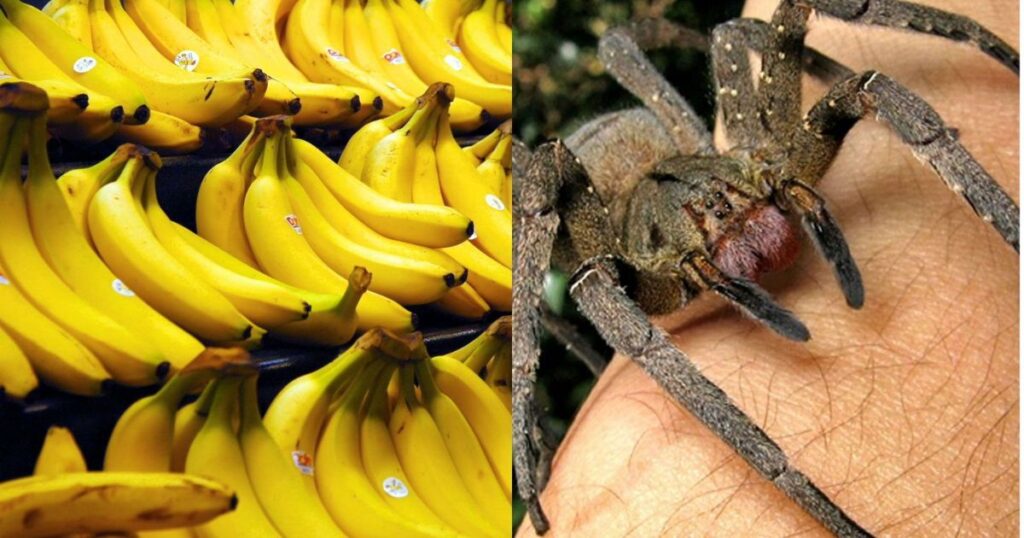
Banana spiders are crucial to South Florida’s biodiversity, serving as natural pest controllers. They reduce the number of insects that can transmit diseases, thereby contributing to the ecosystem’s health. Their presence highlights the importance of preserving natural habitats and promoting biodiversity.
Conclusion
Banana spiders, despite their intimidating appearance, are beneficial creatures in South Florida’s ecosystem. They serve as natural pest controllers, reducing the number of harmful insects and supporting ecological balance. Understanding their behavior and role in the environment helps people live alongside them safely, appreciating their contribution to local biodiversity.
FAQs
1. Are banana spiders venomous?
Although banana spiders do have venom, it is not harmful to humans. Their venom paralyzes their prey but typically causes only mild symptoms in humans, like pain or swelling from a bite.
2. Where can I find banana spiders in South Florida?
Banana spiders are commonly found in open, sunny areas, such as gardens, forests, and fields in South Florida. They build their webs in these areas to trap flying insects.
3. How can I avoid banana spiders?
To avoid banana spiders, clear away debris from your yard or garden, wear protective clothing like gloves and long sleeves, and inspect outdoor furniture before sitting.
4. Are banana spiders dangerous to pets?
Banana spiders are not typically dangerous to pets. Their venom is not potent enough to harm most animals, and they are unlikely to interact with pets unless provoked.

James William is a passionate animal lover and expert in the Animals and Pets niche. With years of experience in pet care, wildlife studies, and blogging, James shares practical tips, heartwarming stories, and expert advice to help pet owners build stronger bonds with their furry, feathered, and scaly companions.
